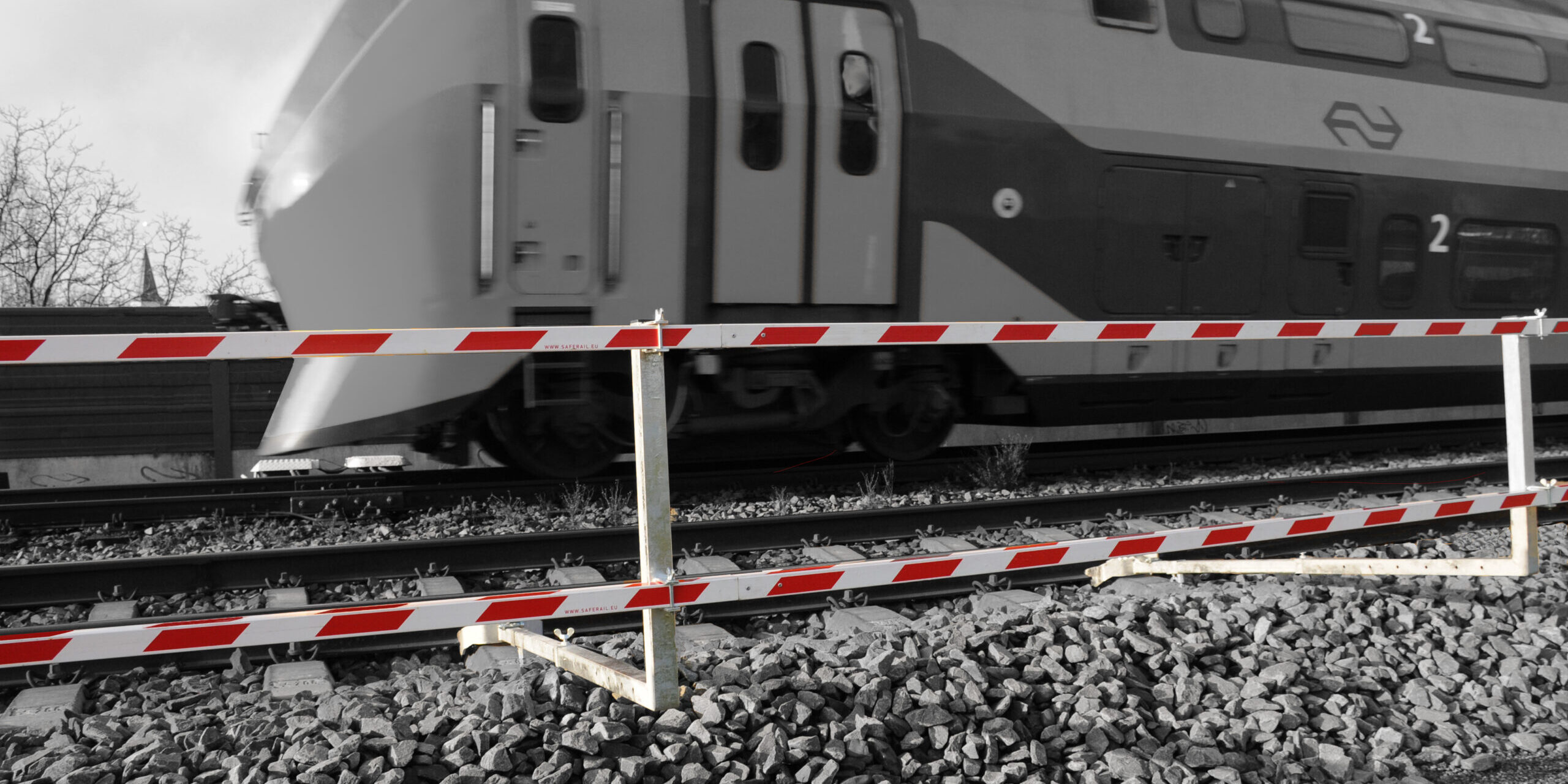With a focus on sustainability, the railway sector is seeking innovative solutions that improve safety and are environmentally friendly. Rail Safety Constructions uses fiberglass reinforced plastic profiles (FRP profiles) for physical barriers during railway work. These materials combine strength, durability, and a low environmental impact, making them ideal for a circular economy.
The Role of Physical Barriers in Railway Work
Physical barriers are crucial for safety during railway work. They serve to delineate work areas to protect railway workers. Rail Safety Constructions chooses FRP profiles due to their significant advantages such as corrosion resistance, high insulation value, lightweight, and easy maintenance, leading to a safer and more efficient working environment.
Properties of Fiberglass Reinforced Profiles
FRP profiles are produced by combining glass fibers with a polymer matrix, such as polyester or epoxy resins. This results in strong, durable, and lightweight profiles, made with techniques like pultrusion.
The properties of FRP profiles make them particularly suitable for railway applications:
- High strength-to-weight ratio: Provides excellent mechanical properties at a lower weight than traditional materials.
- Corrosion resistance: Withstands weather conditions and chemicals, essential for challenging environments like railways.
- Electrical insulation: Safe for use near electrical railway infrastructure.
- Long lifespan: Requires less frequent replacement, reducing total life cycle costs.
Recyclability of Fiberglass Reinforced Profiles
A key aspect of circularity is the recyclability of materials. For FRP profiles, there are several approaches to extend their lifespan and minimize environmental impact:
- Mechanical recycling: FRP profiles can be ground into smaller particles for use in new composites.
- Thermal recycling: This process involves heating FRP profiles to decompose the resins and recover the glass fibers.
- Chemical recycling: Uses chemical processes to break down the resins and separate the glass fibers, potentially yielding high-quality recycled fibers.
Innovations such as the use of biobased resins can also improve the recyclability of FRP profiles and further reduce their environmental impact.
Application of FRP Profiles for Physical Barriers
Rail Safety Constructions uses FRP profiles for physical barriers in railway work, enjoying numerous benefits:
- Ease of installation: Their lightweight nature makes FRP profiles easier to transport and install than traditional materials, reducing labor time and costs, and providing physical benefits.
- Maintenance-friendly: Durable and corrosion-resistant, requiring less maintenance and lowering operational costs.
- Safety: The electrical insulation properties of FRP profiles make them safe for use in environments with electrical installations.
- Environmental impact: The longer lifespan and potential for recycling contribute to a reduction in environmental impact compared to traditional materials like steel and concrete.
Challenges and Opportunities for Circularity
While FRP profiles offer many advantages, there are challenges to improving their circularity:
- Economic feasibility: Recycling processes must be cost-effective to be applied on a large scale. With increasing governmental pressure towards sustainability, more companies are willing to invest in this area.
- Technological innovation: Continuous innovation is needed to develop more efficient and effective recycling methods. Research and development are crucial.
- Regulation and policy: Government regulation can promote recycling and encourage companies to embrace sustainable practices.
Rail Safety Constructions and Circularity
At Rail Safety Constructions, we actively strive for circularity. We are committed to extending the lifespan of our materials and minimizing their environmental impact. By choosing FRP profiles and investing in innovative recycling methods, we contribute to a sustainable future for the railway sector.
Conclusion
Fiberglass reinforced profiles offer a sustainable and efficient solution for physical barriers in railway work. Their excellent properties, combined with recycling and reuse possibilities, make them valuable for a circular economy. Rail Safety Constructions is committed to circularity through the use of FRP profiles and invests in and selects sustainable suppliers. By investing in research, development, and collaboration, we can fully harness the potential of fiberglass reinforced profiles and move closer to a sustainable future.



